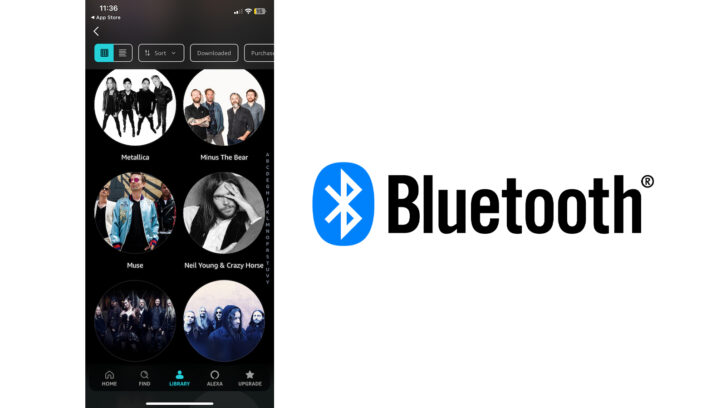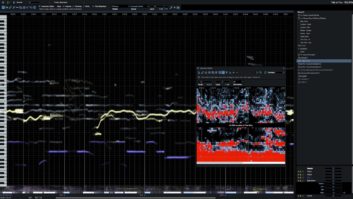
By now you may be aware of the fact that a number of music streaming services are offering high-res options for those of us who still care about audio quality. Amazon Music HD, Qobuz, Tidal and Apple Music’s Lossless Tier all offer CD-quality (lossless) streaming at 16-bit/44.1 kHz, with high-res options up to 24-bit/192 kHz—the latter typically at additional cost.
Unsurprisingly, Amazon Music HD is the 800-pound gorilla in the room, boasting a high-res library of more than 75 million songs. Notably absent from this list is Spotify, which announced lossless music streaming two years ago for Spotify Premium users but has yet to deliver on the promise. Nonetheless, it looks like high-quality music streaming has finally arrived.
That’s great news for listeners who want high-res audio and are willing to go the route of adding a network streaming device to their home entertainment setup. Streaming devices such as the Bel Canto e.One Stream Network Streamer provide audio outputs (analog and/or digital) that can be connected to a hi-fi preamp, which is probably the way to go if your goal is to listen to music at the highest quality possible. Others, like the Bluesound VAULT 2i, provide hardwired audio outputs, as well as the option to stream via Bluetooth. And that’s where audio quality comes into question.
It’s tough to debate the convenience of connecting a music player to loudspeakers via Bluetooth. The concept of not having to run wires inevitably evokes a response of “sign me up!” among most users, understandably so. But the sad truth is that for many listeners, the last step in the signal chain is Bluetooth, whether it be a powered BT speaker or BT headphones. Unfortunately—while BT Classic does support audio streaming and employs codecs such as SBC, aptX or LDAC to improve audio quality—its bandwidth limitations were never intended to support high-res streaming. Bluetooth LE (Low Energy) is of no more use to audiophiles than Classic, as it too was never designed for audio streaming.
Mix Live Blog: Playing The Sharon L. Morse Performing Arts Center
Thankfully, help is on the way. In July 2022, the Bluetooth Special Interest Group completed a full set of specifications for LE Audio, opening the door for development of the next generation of BT audio devices, and promising increased audio quality due in large part to the implementation of two new codecs.
Developed by Fraunhofer IIS and Ericsson, the Low Complexity Communication Codec (LC3) and LC3plus codecs enable high-quality audio streaming on wireless headsets or speakers via BTLE. All reports indicate that the LC3 codec sounds much better than SBC, aptX or LDAC, while at the same time reducing power consumption and latency.
LE Audio also incorporates Auracast, a feature that enables an audio source transmitter (e.g., a smart TV) to transmit to an unlimited number of audio receivers—so now you can have a silent binge party for your favorite show.
Using LC3, audio can be streamed via BTLE at resolutions up to 96 kHz/32-bit, with relatively low (125 to 250 kbps) bit rates. The reduced bitrate required by LC3 and LC3plus will provide higher audio quality at lower power requirements, facilitating high-res music streaming, as well as allowing development of smaller, more efficient and more accurate hearing aid devices. Products incorporating the technology are already available, spearheaded by the release of the Sennheiser RS 120-W wireless headphones released last August.
Stay tuned… there’s more to come.







